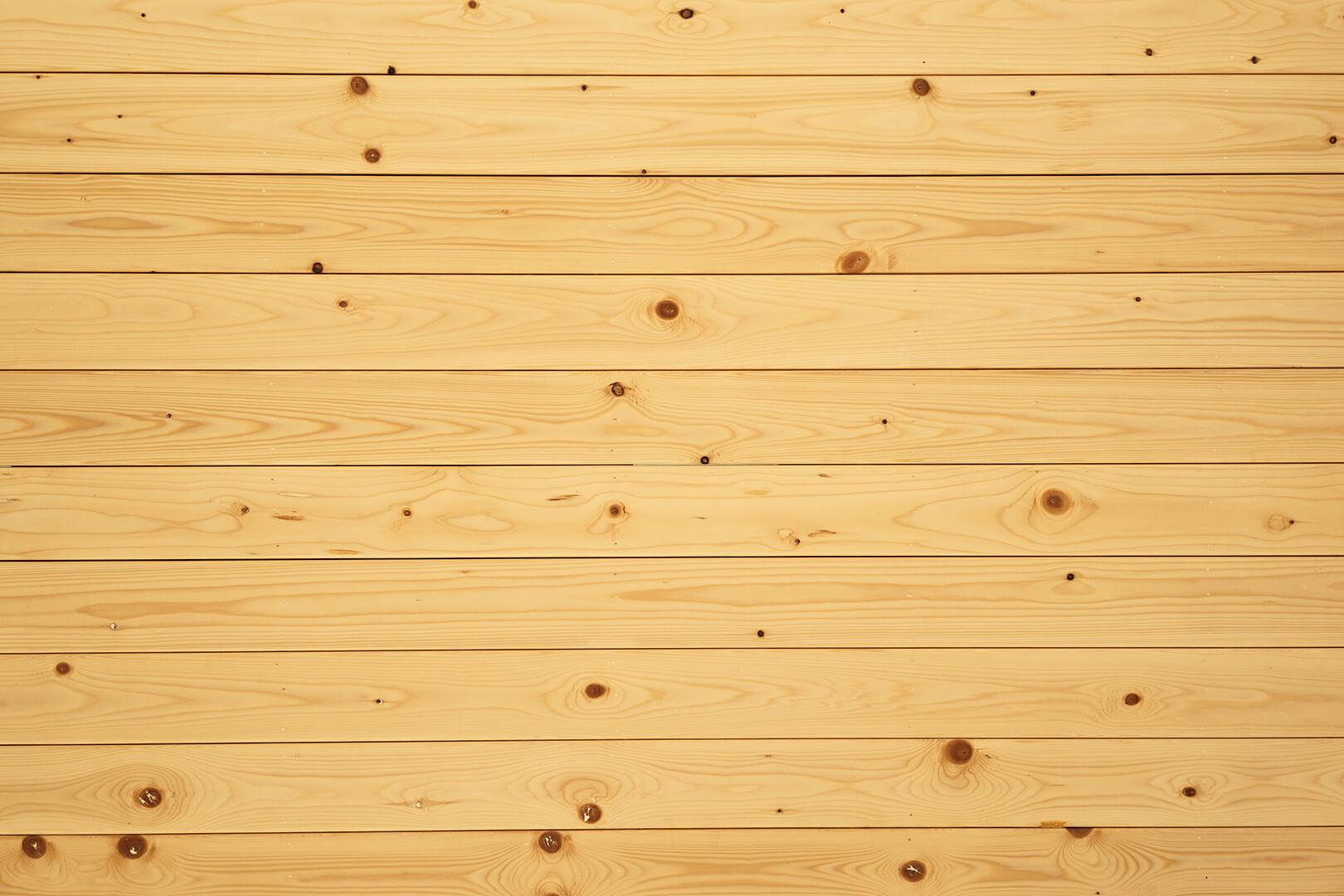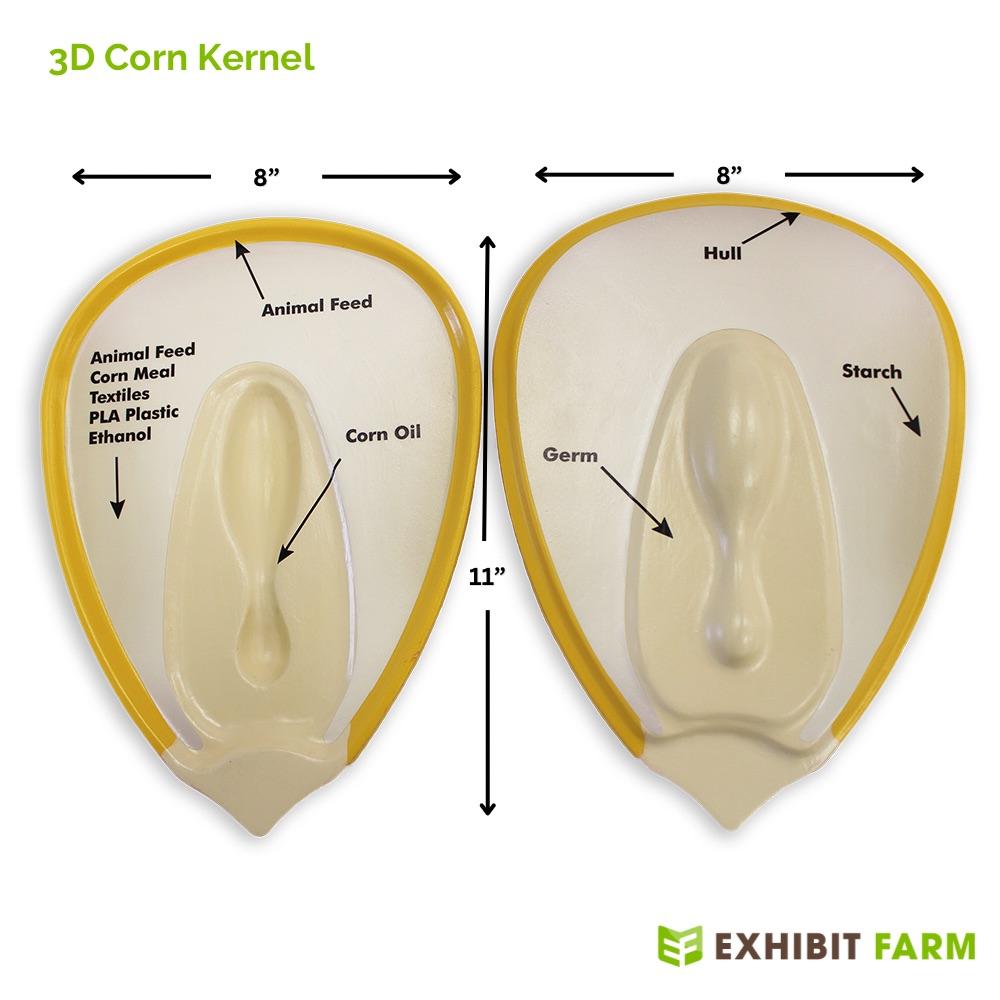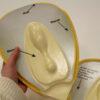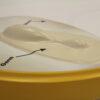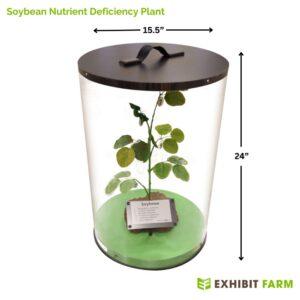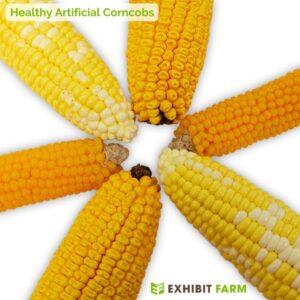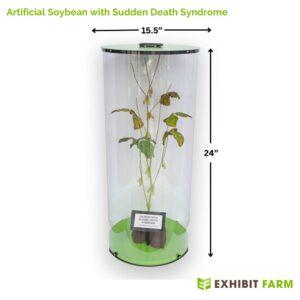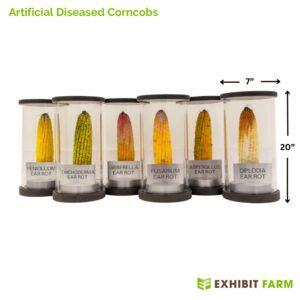Description
An oversized 3D model of a corn kernel helps you introduce consumers to the anatomy of a corn kernel and the many things people use corn for. A set of labels show the different parts of the kernel. Meanwhile, a second set of labels explains which products come from which part of the kernel.
